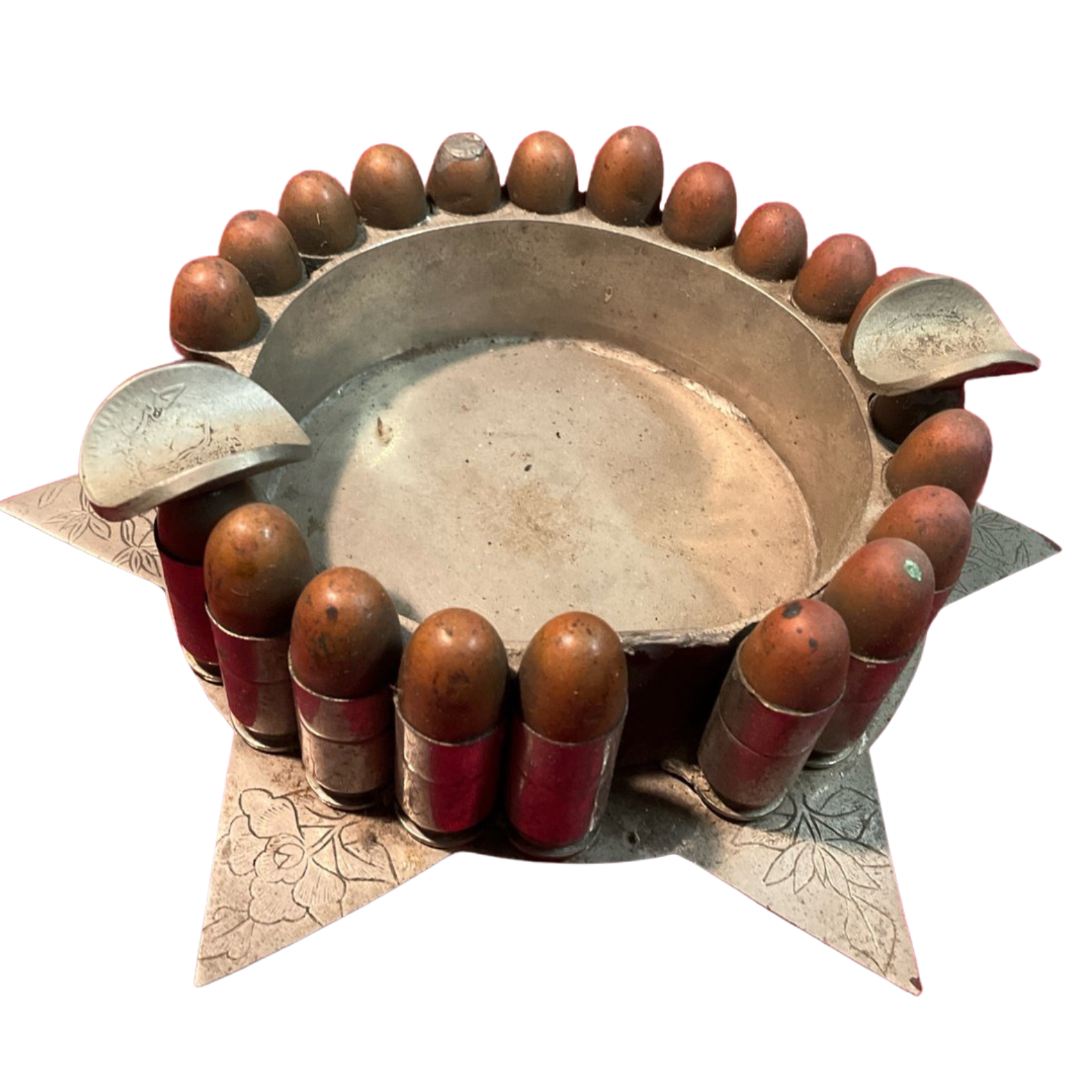Exploring the Legacy of Trench Art
Trench art, a unique form of artistic expression, holds within its intricate designs and careful craftsmanship the stories of resilience, creativity, and the human spirit amidst the chaos of war. From the muddy trenches of World War I to the battlefields of World War II and beyond, trench art has served as a tangible reminder of the ingenuity and resourcefulness of those who endured the horrors of conflict. In this exploration, we delve into the rich history of trench art, tracing its origins, evolution, and enduring significance.
The term "trench art" originated during World War I, referring to the art created by soldiers, prisoners of war, and civilians from the debris and materials readily available in the trenches. Amidst the devastation of war, soldiers sought solace in creating intricate pieces of art using spent artillery shells, bullets, shrapnel, and other salvaged materials. These artifacts served not only as a form of artistic expression but also as a means of coping with the harsh realities of war.
As warfare evolved, so did trench art. While World War I saw a proliferation of pieces made from shell casings and metal scraps, World War II introduced new materials and techniques into the art form. Soldiers stationed in various theaters of war, from Europe to the Pacific, crafted trench art from a diverse array of materials including aircraft parts, wood, bone, and even enemy weaponry.
Trench art also took on various forms, ranging from functional items like lighters, ashtrays, and jewelry to decorative pieces such as sculptures, plaques, and engraved objects. Each piece of trench art bore the imprint of its creator, reflecting their experiences, beliefs, and emotions in its design.
Beyond their aesthetic appeal, trench art pieces often carried deep symbolic significance. For many soldiers, crafting these artifacts served to commemorate fallen comrades, honor loved ones back home, or express patriotism and solidarity with their fellow servicemen. Engravings, inscriptions, and intricate designs on trench art pieces offer glimpses into the personal stories and connections that imbue these objects with profound meaning.
While trench art emerged from the crucible of war, its legacy extends far beyond the battlefield. Today, trench art is highly sought after by collectors, historians, and museums for its historical significance and artistic merit. These artifacts offer valuable insights into the experiences of those who lived through wartime, providing tangible connections to the past for future generations.
Trench art also continues to inspire contemporary artists, who draw upon its themes of resilience, adaptation, and transformation in their own work. By preserving and commemorating the legacy of trench art, we honor the enduring spirit of those who created these remarkable artifacts amid the chaos of war.




